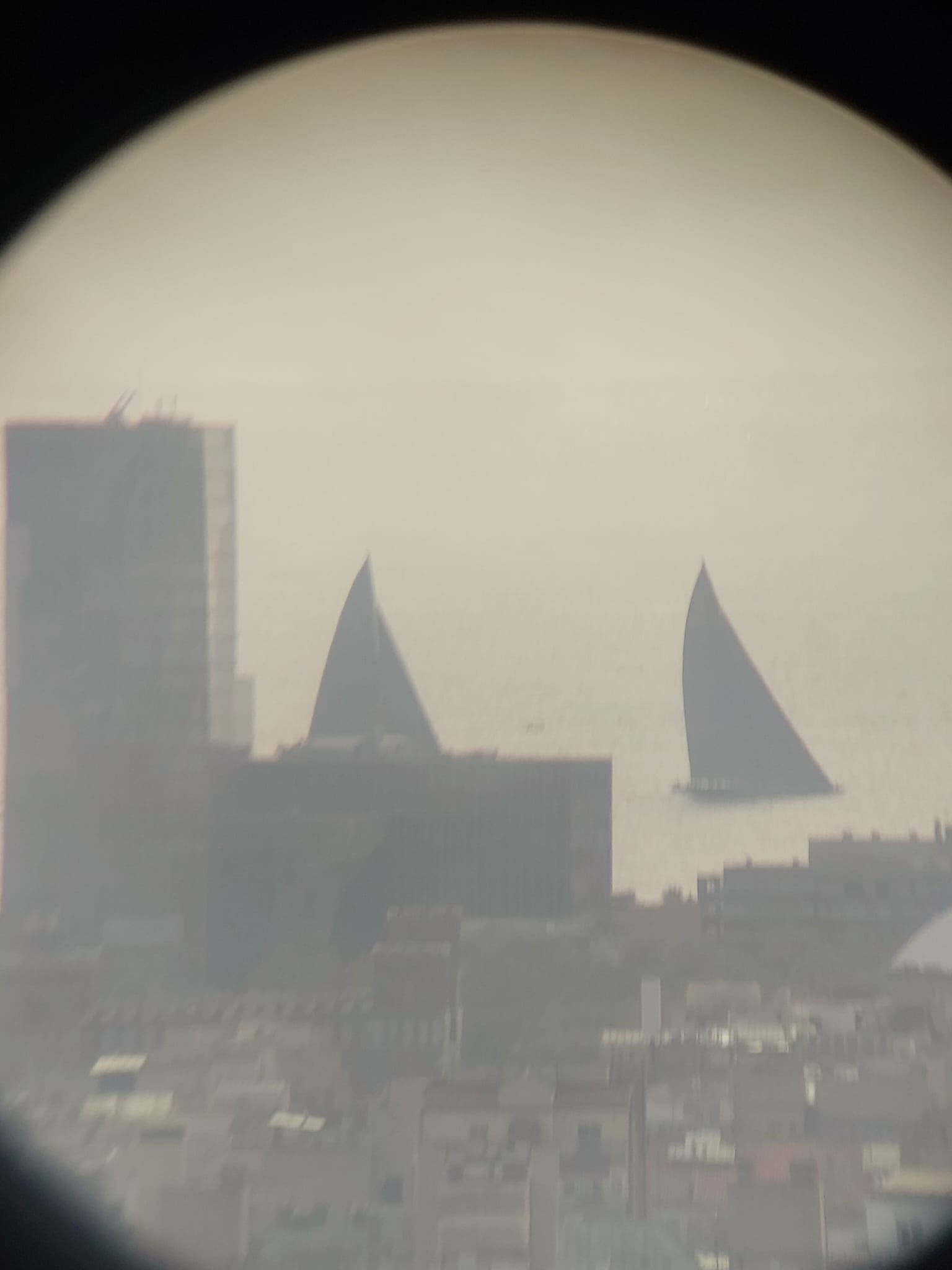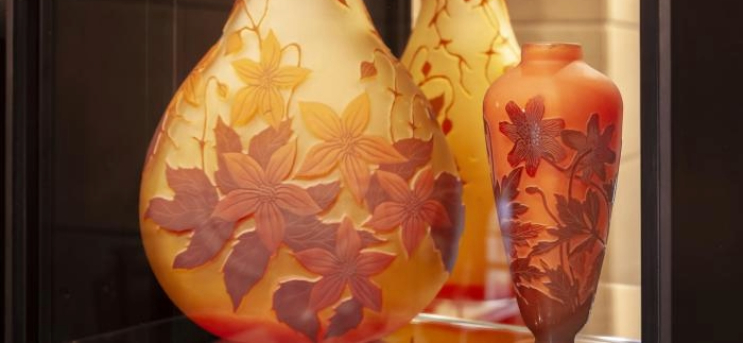Antoni Gaudí is very popular architect and a proof of that is that his works, from the spectacular Sagrada Família to the picturesque Park Güell, are appealing to more and more people every year.He was a Catalan architect who has become internationally recognised as one of the most prodigious experts in his discipline, as well as one of the top exponents of modernism. His exceptional ground-breaking genius made him the inventor of a unique, personal and incomparable architectural language that defies classification.
Next, we show you 30 pictures of architecture works. Some are from Gaudí himself and others are from contemporaries architects of the Art Nouveau – Belle Époque in countries as distant as Hungary, Russia or France. Only a small percentage of the people can distinguish which are Gaudí’s works. Are you one of them?
Gaudí has the same pronunciation as the Catalan verb ‘gaudir’, which means ‘to enjoy’. Enjoy the quiz!
Can you figure out which buildings were designed by Gaudí and which were not?
(solution at the end of the article)
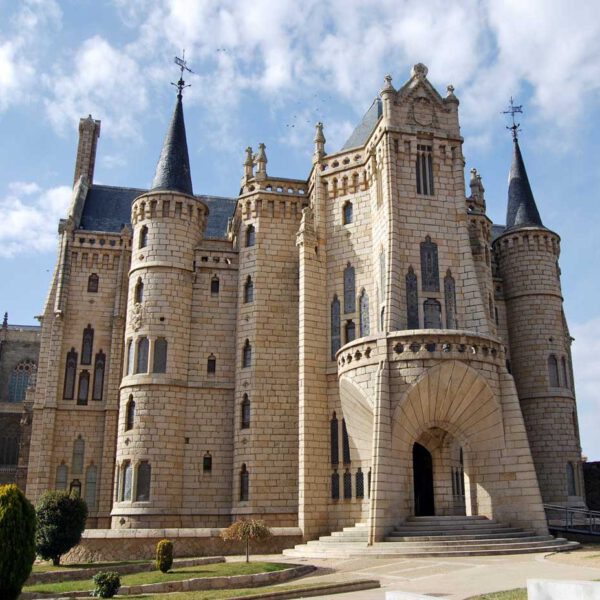
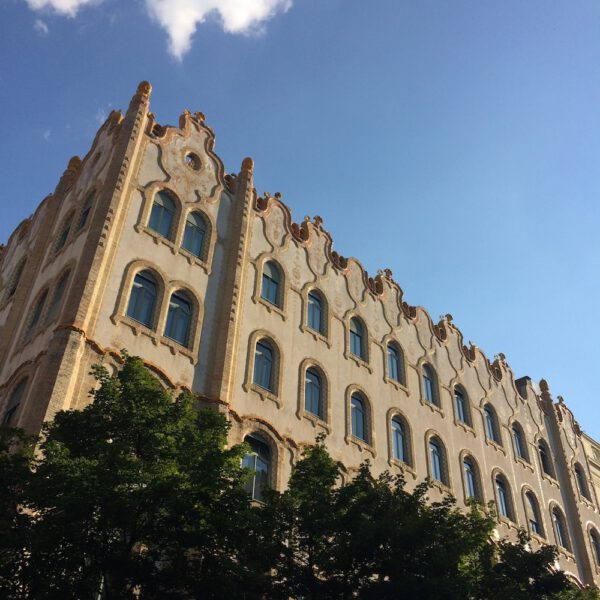

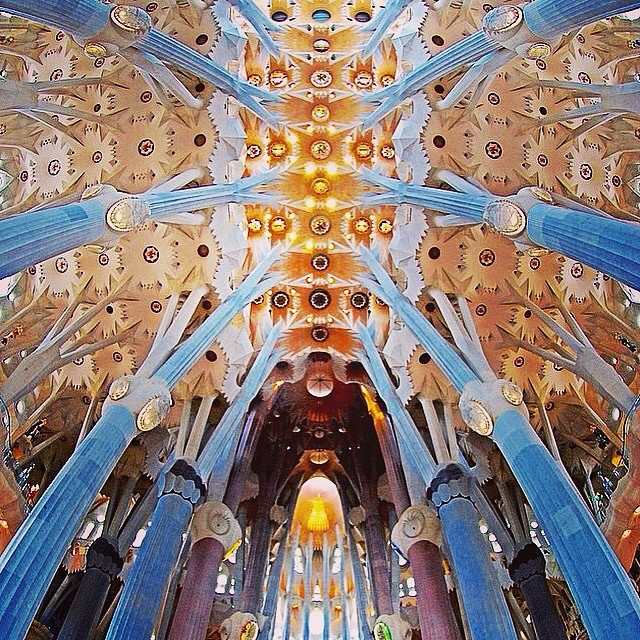





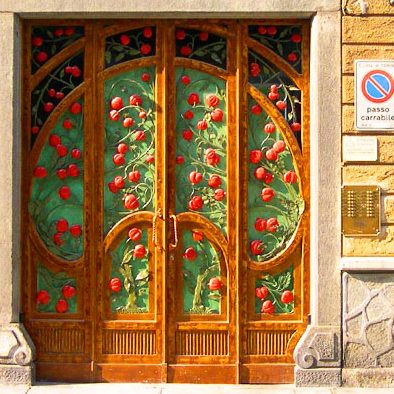





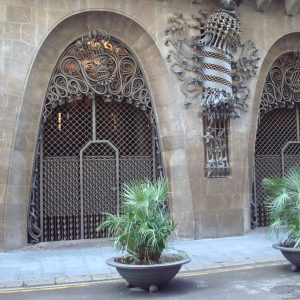

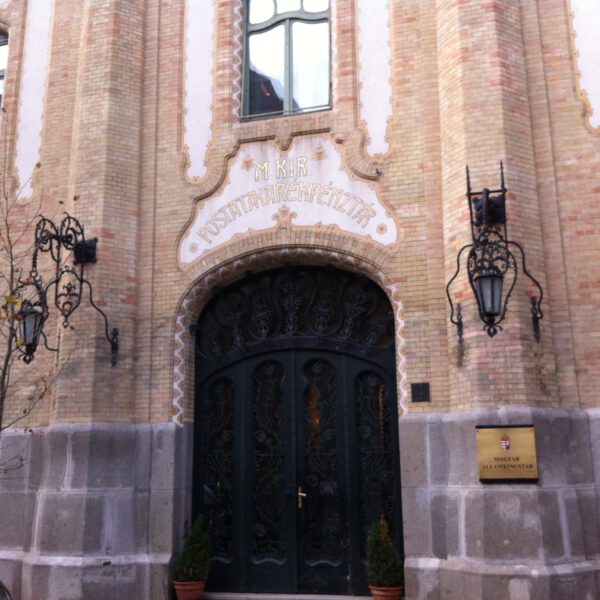

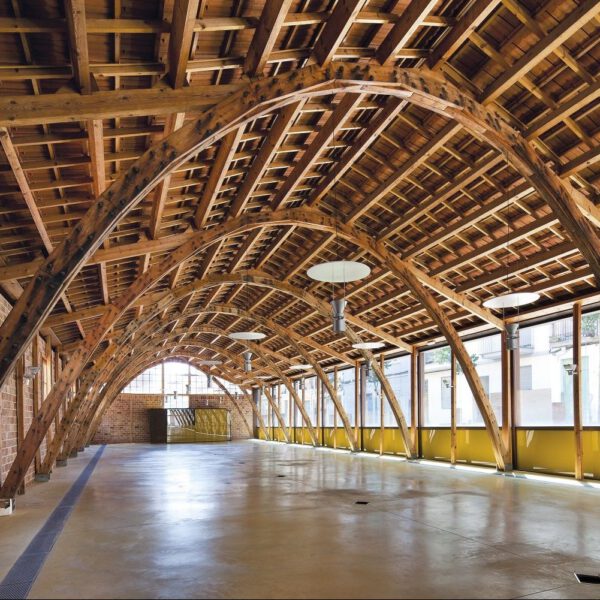

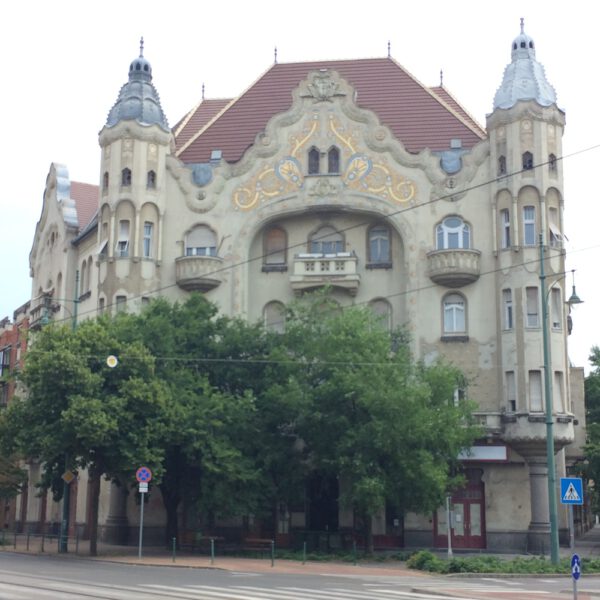

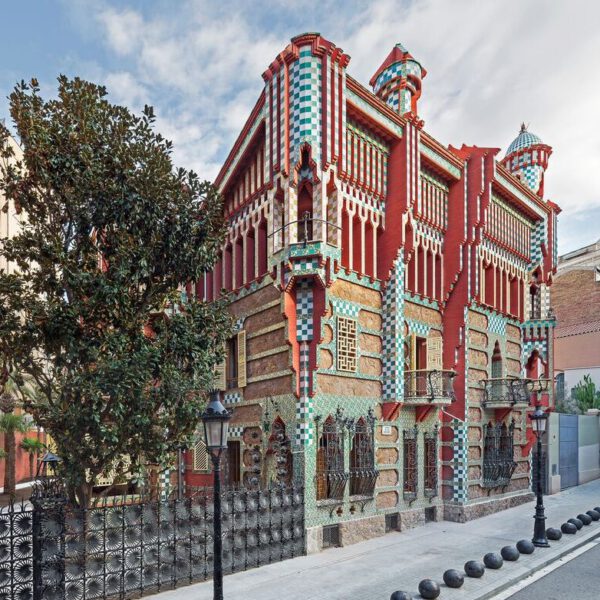

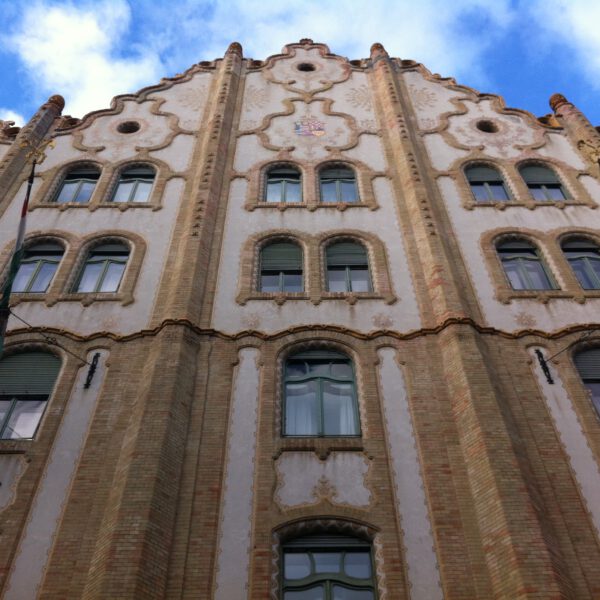



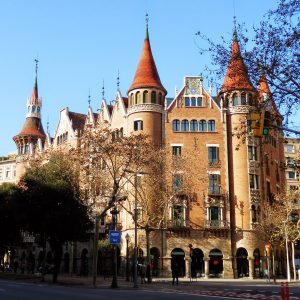

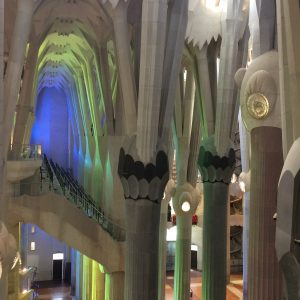

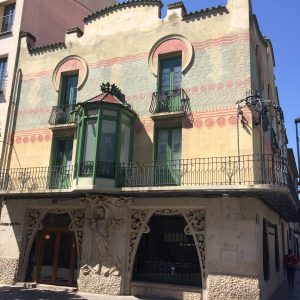

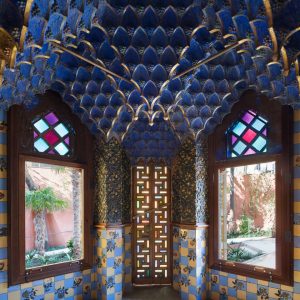

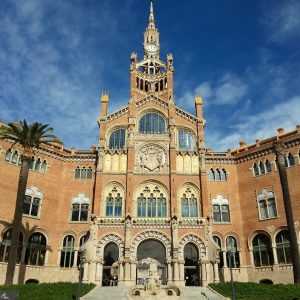



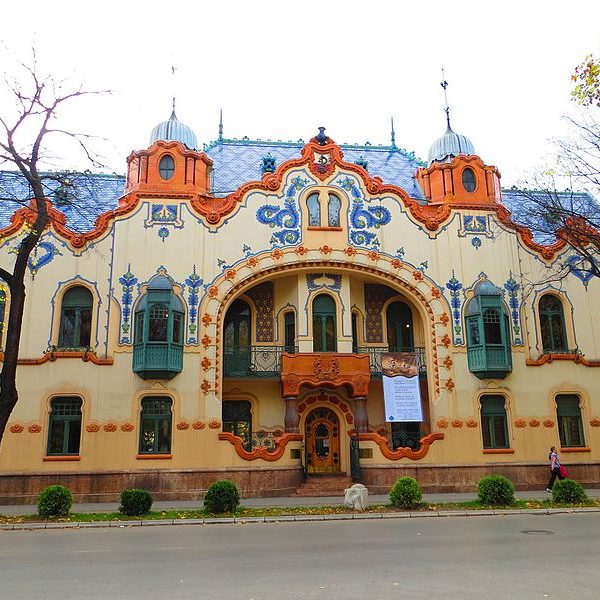

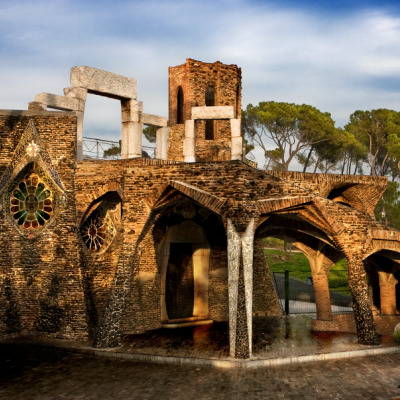

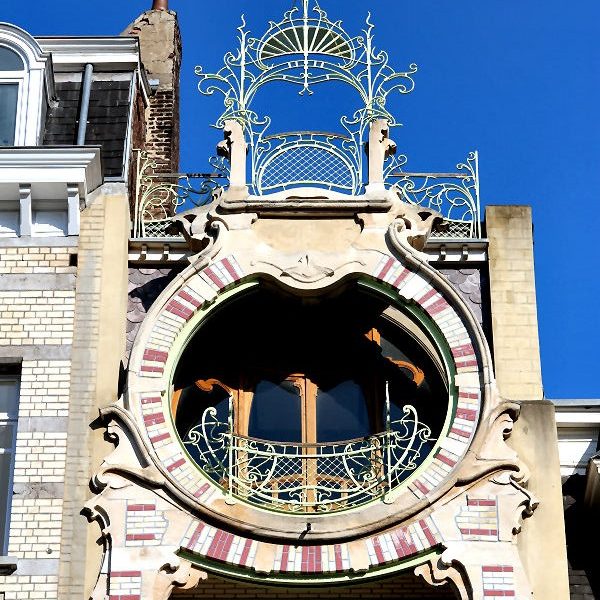

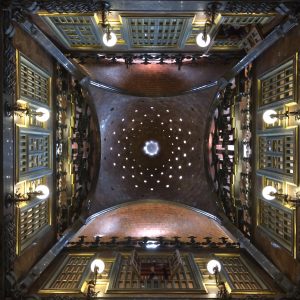



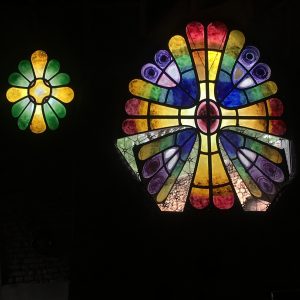

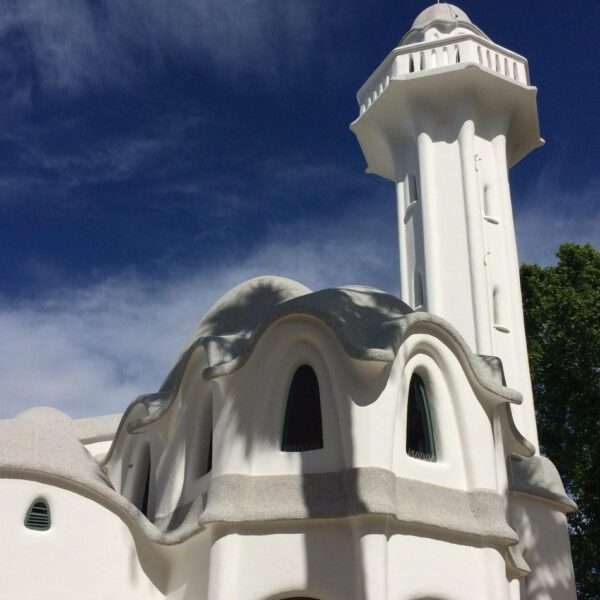

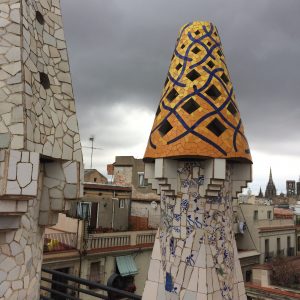

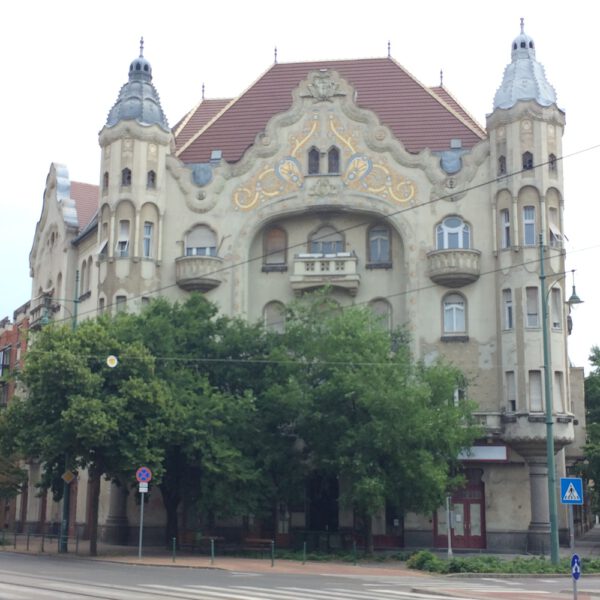

Antoni Gaudi (1852-1926), the leading figure of Modernisme, Catalan equivalent to Art Nouveau. His greatest works reflect a unique style that transcended individual architectural styles and movements and most of them were built in or near Barcelona, only two of them outside Catalonia (in the Spanish Cantabria and León provinces). As many as 7 have been recognized as UNESCO World Heritage Sites.
On the day that Gaudí finished his architecture studies, Elies Rogent, the school’s director, left a premonitory phrase: “We have given the title to a crazy person or a genius, only time will tell.” And time has said that the young man born in Reus -some say in a nearby village called Riudoms- on June 25, 1852, has been not only a genius of architecture, but also one of the most universal Catalan characters, like Dalí o Miró. His works, of perennial originality, are intrinsically tied to Barcelona, the city where Gaudí’s family moved to live when he was just an adolescent and he became a benchmark in world architecture.
Gaudí preferred the organic swirling curves of nature to man-made straight lines. He rarely ever used straight lines in any of his works.
The architect was a keen recycler, using broken industrial tiles to decorate Park Güell or using broken cava bottles to decorate the top of some of the chimneys on the rooftop of La Pedrera (Casa Milà). The Milà family, owners of the house, were not enthusiastic about the idea because they thought that it did not represent their social status, so that’s why this recycling material only appears in a few chimneys.
Antoni Gaudí, probably the most famous and admired Catalan architect, was influenced by other architects and has been an inspiration for other architects as well. More info about his life in Wikipedia. Interesting to know, Gaudí was hit by a tram in 1926 at the age of 73. Because of his shabby appearance, no one recognised him as the famous architect—rather they believed him to be just another homeless man. The police finally intervened, taking him to a hospital for the poor, where he died 3 days later.
Covid-19 will delay Sagrada Família’s completition one or two years. More information HERE.
Here you can read some quotes attributed to Antoni Gaudí
- Tomorrow we will do beautiful things
- There are no straight lines or sharp corners in nature. Therefore, buildings must have no straight lines or sharp corners
- The straight line belongs to Men. The curved line belongs to God
- Color in certain places has the great value of making the outlines and structural planes seem more energetic
- Nothing is art if it does not come from nature
- But man does not create…he discovers
- Originality consists of returning to the origin. Thus, originality means returning, through one’s resources, to the simplicity of the early solutions
- Nothing is invented, for it’s written in nature first
- Everything comes from the great book of nature
- Originality consists in returning to the origin
The below artworks are the most important hidden works by Antoni Gaudí – that both overview the major creative periods, and highlight the greatest achievements by the artist. Casa Vicens (1877-83) Palau Güell (1886 – 88) Colònia Güell (1890 – 1918) and all of them are included in some of the Art Nouveau tours available in artnouveau.club.
The artistic brilliance of Antoni Gaudí: Why his work continues to inspire?
Antoni Gaudí, the Catalan architect and artist, has captured the hearts and imaginations of people around the world. From his organic shapes and intricate details to his use of light and color, his work has inspired awe and admiration for over a century. But what is it about Gaudí that makes him so beloved?
For starters, Gaudí’s work is incredibly unique. He created a style that was completely his own, drawing on influences from nature, religion, and Catalan culture. His buildings are like nothing else in the world, with their sweeping curves and whimsical forms. From the undulating roof of Casa Batlló to the towering spires of the Sagrada Familia, Gaudí’s creations are instantly recognizable and unforgettable.
Another reason why people love Gaudí is his attention to detail. His buildings are not only beautiful from a distance, but they are also filled with countless small details that reward close inspection. From the mosaics on the walls of Park Güell to the intricate ironwork on the balconies of Casa Milà, Gaudí’s work is a testament to the power of craftsmanship.
But perhaps the most compelling reason why people are drawn to Gaudí is the emotion that his work evokes. Whether it’s a sense of wonder at the Sagrada Familia’s towering interior or a feeling of serenity in the natural surroundings of Park Güell, Gaudí’s buildings have the power to move people in profound ways. There is a sense of spirituality and transcendence in his work that speaks to something deep within us.
Finally, Gaudí’s legacy is intertwined with the city of Barcelona itself. His buildings have become some of the most iconic landmarks of the city, and they are a testament to the unique cultural identity of Catalonia. Visitors to Barcelona are often drawn to Gaudí’s buildings as a way to connect with the city’s history and culture, and to experience something that is truly one-of-a-kind.
In conclusion, Antoni Gaudí’s enduring appeal lies in his ability to create something truly unique and beautiful, his attention to detail and craftsmanship, his ability to evoke powerful emotions, and his connection to the city of Barcelona and the culture of Catalonia. His work continues to inspire and captivate people around the world, and his legacy will undoubtedly endure for generations to come.
CLICK HERE to discover the best Art Nouveau Private Tours in the main European capital. Let’s explore the cities with style!
An amazing Instagram account that we found is from Antoni Gaudí, also displaying other Art Nouveau Catalan artists, we found it very interesting: https://www.instagram.com/antoni_gaudi
CLICK HERE to see if you can see the difference between Art Nouveau and Art Deco 🙂 This is a way to learn about how these two art movements.
Antoni Gaudí was an extremely individualist and original creator. He pushed the boundaries on what was and was not permitted when it came to building construction during the late 1800’s and early 1900s.
Gaudí’s influence has been profound and far-reaching, and has made a lasting and visible impact on the streets of Barcelona.
Gaudi spent a great deal of time outdoors. He was fascinated by nature and, when he was 27, he joined the Centre Excursionista de Catalunya, a group of people who explored the countryside of Catalonia and the south of France. Antoni Gaudi did not like to draw plans for his buildings. He preferred to build 3D models of them to create a more accurate portrayal of what he was seeing in his mind.
For art and culture lovers, the Art Nouveau Club’s Barcelona page is the perfect guide to stay up-to-date on everything happening in the city. Plus, our Hidden Gems of Gaudí in Barcelona private tour uncovers lesser-known masterpieces of Gaudí, offering a unique experience for all visitors.
If you like Modermisme in general, Catalan Art Nouveau, discover the lesser-known Art Nouveau gems just outside Barcelona with three unique private tours. Begin with Raspall Modernisme near Barcelona, where you’ll explore the visionary works of architect Manuel Raspall. Next, enjoy the coastal flair of Barcelona Art Nouveau by the Sea, combining seaside beauty with architectural wonders. For a deeper look at Catalonia’s industrial past, the Industrial Catalan Art Nouveau tour highlights how Art Nouveau influenced the region’s industrial buildings.
--> Solution to the quiz above: -------> ODD are from Gaudí - 1, 3, 5, 7, 9, 11, 13, 15, 17, 19, 21, 23, 25, 27 & 29. -------> PAIRS are not from Gaudí - 2, 4, 6, 8, 10, 12, 14, 16, 18, 20, 22, 24, 26, 28 & 30. --> If you want to learn more about Art Nouveau and you have an Instagram account, CLICK HERE and enjoy our informative account.



